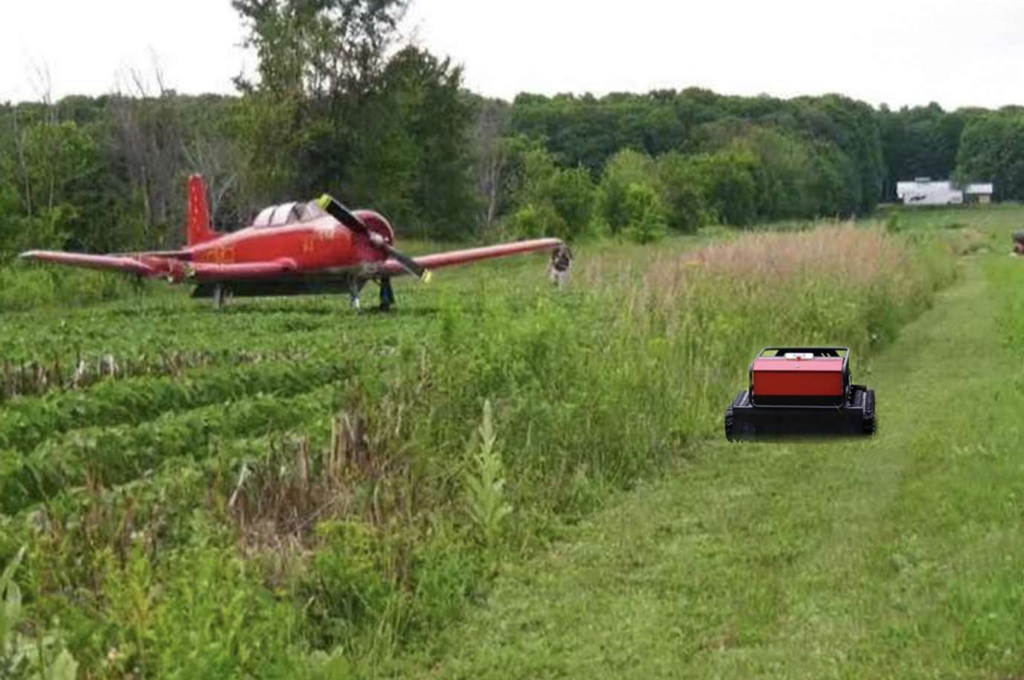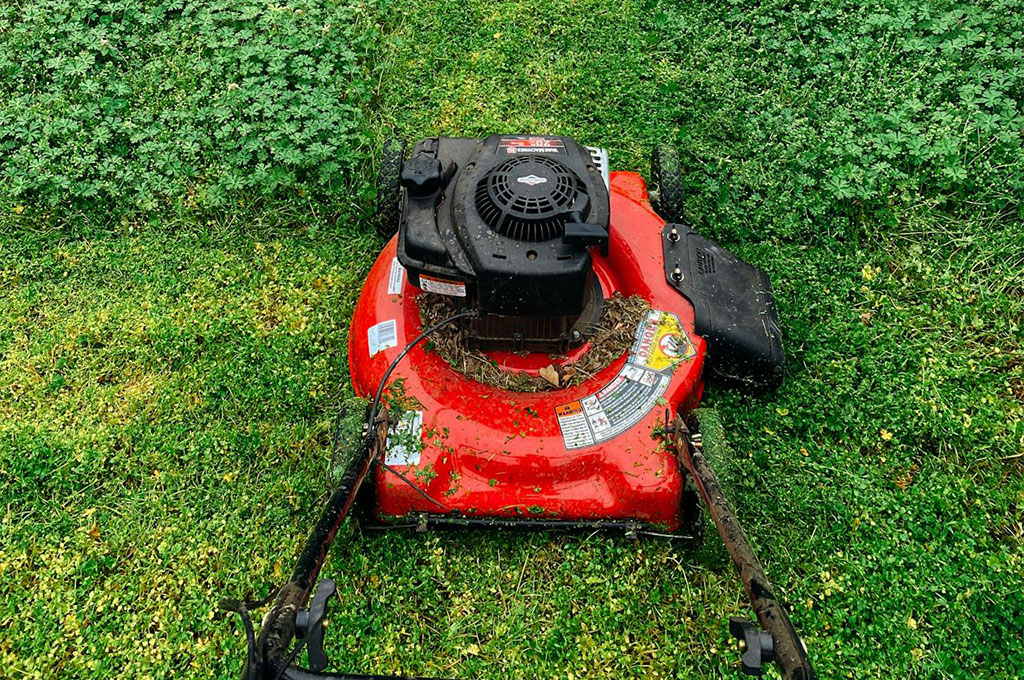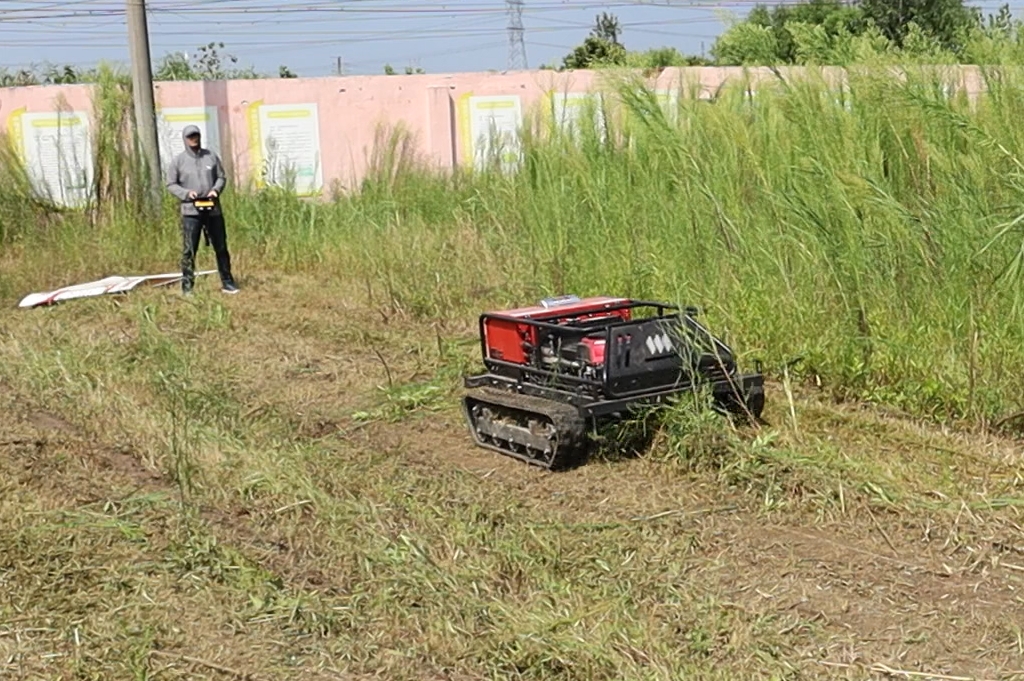Maintaining airport grounds is far more than just cutting grass. For airport operators, every decision connects to safety, efficiency, and sustainability. From wildlife management to strict safety regulations and the ongoing pressure to reduce carbon emissions, airports face challenges that traditional mowing equipment can no longer handle alone. This is where the industrial lawn mower—particularly autonomous robotic models—proves to be a game changer.

Why Airports Need Smarter Mowing Solutions
Airports are unique environments. Grass height must be controlled to reduce bird hazards, but mowing teams cannot operate freely around runways and taxiways due to strict safety rules. Add to this the rising cost of labor and fuel, and it’s clear that traditional mowing methods are becoming both expensive and inefficient.
Automatic and robotic industrial lawn mowers directly address these issues by improving safety, lowering costs, and reducing emissions—all while keeping critical areas properly maintained.
Want to explore more specialized airport mowing solutions? Click here to see full airport mowing strategies.
Case Study: Purdue University Airport
A study conducted at Purdue University Airport (KLAF) in 2021 offers valuable insight into the use of robotic mowers in an active aviation environment. Using Echorobotics equipment, researchers tested automated mowing over several months.
Key findings included:
- Improved safety protocols: The mowers can be remotely controlled, ensuring operators stay at a safe distance during operation. Built-in obstacle detection systems automatically stop or reroute the machine to avoid collisions with people, animals, or equipment, further reducing risks on airport grounds.
- System reliability: Initial trials recorded 23 alerts across 562 mowing hours. After adjustments to installation and software, the number dropped to just 2 alerts over 1,115 hours—highlighting the importance of proper setup.
- Operational flexibility: With RTK-enabled guidance, the machines could mow in custom routes, covering up to three times more area compared with random patterns. Night operations further maximized efficiency during low-traffic periods.
Lessons from Norway: Stavanger Airport
Airports in Europe have also begun scaling up the use of autonomous mowing. At Stavanger Airport in Norway, 26 robotic mowers now operate around the clock. While not every zone is suited for robots due to strict security, the adoption shows how industrial mowers can complement existing maintenance teams and reduce reliance on manual labor.
Reducing Costs and Carbon Emissions
Cost efficiency remains one of the strongest arguments for switching to robotic mowing. Airports traditionally spend significant sums on labor for mowing teams, not to mention the fuel consumption of conventional machines. With robotic industrial lawn mowers, airports can reduce staffing needs, cut fuel expenses, and extend operational hours without increasing risk.
The environmental benefit is equally important. Conventional mowing in the U.S. alone consumes more than 300 million liters of fuel annually, contributing to around 5% of local atmospheric pollution. Electric industrial mowers eliminate fuel dependency, directly reducing CO2 emissions and helping airports demonstrate visible progress toward sustainability goals.
Conclusion
Automatic industrial lawn mowers are no longer experimental—they are proving themselves in real airport environments. By reducing safety risks, lowering operational costs, and cutting carbon emissions, they offer airports a practical way to modernize ground maintenance.
For airports looking to balance safety, efficiency, and sustainability, industrial robotic mowing technology is not just a future option—it is already here, delivering measurable results.
FAQs
Q1: Why do airports need industrial lawn mowers?
Airports require reliable ground maintenance for safety and efficiency. Industrial lawn mowers reduce labor costs, minimize safety risks, and improve environmental performance.
Q2: Are industrial lawn mowers safe for airport use?
Yes. Modern industrial mowers use GPS, sensors, and boundary systems to operate safely within designated zones while reducing risks for staff.
Q3: How do industrial lawn mowers reduce airport costs?
They lower labor expenses, reduce fuel use by switching to electric power, and allow extended operation times, especially at night or in restricted zones.
Q4: Can industrial lawn mowers help reduce CO2 emissions?
Absolutely. Replacing traditional fuel-powered mowers with electric models significantly reduces carbon emissions and supports airport sustainability goals.


